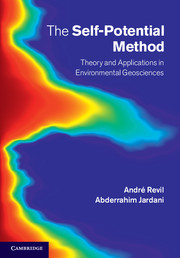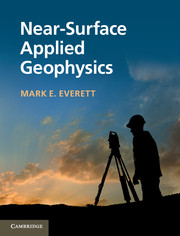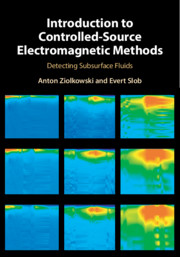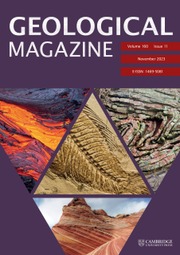Introduction to Applied Geophysics
Introduction to Applied Geophysics covers the fundamental methods of exploration geophysics in a depth and style both challenging and appropriate to undergraduates. Because of the increasing opportunities for students to conduct field experiments, the authors focus on methods, examples, illustrations, applications, and problem sets that emphasize shallow exploration of the Earth's surface. The textbook includes chapters on refraction seismology, electrical resistivity methods, gravity, magnetic surveying, and electromagnetic methods, including ground conductivity measurements and ground-penetrating radar. Geologic, engineering, and environmental applications are emphasized throughout. For each geophysical method, the theory and its application in exploring a given target in introduced. Each chapter includes a brief discussion of the applicable instruments, field operations, data collection and reduction, and limitations on interpretation. The textbook is supported by an extensive package of software. This edition from Cambridge University Press is a re-issue of the W.W. Norton edition, first published in 2006.
- A re-issue of the leading textbook on applied and environmental geophysics
- Supported by an extensive package of software
- Covers the fundamental methods of exploration geophysics in a depth and style that is both challenging and appropriate to undergraduates
Product details
No date availablePaperback
9781009433129
622 pages
234 × 190 × 33 mm
1.17kg
Table of Contents
- Preface
- Preface to Computer Materials
- 1. Approaching the subsurface
- 2. Seismic exploration: fundamental considerations
- 3. Seismic exploration: the refraction method
- 4. Seismic exploration: the reflection method
- 5. Electrical resistivity
- 6. Exploration using gravity
- 7. Exploration using the magnetic method
- 8. Electromagnetic surveying
- Appendixes
- Index.






